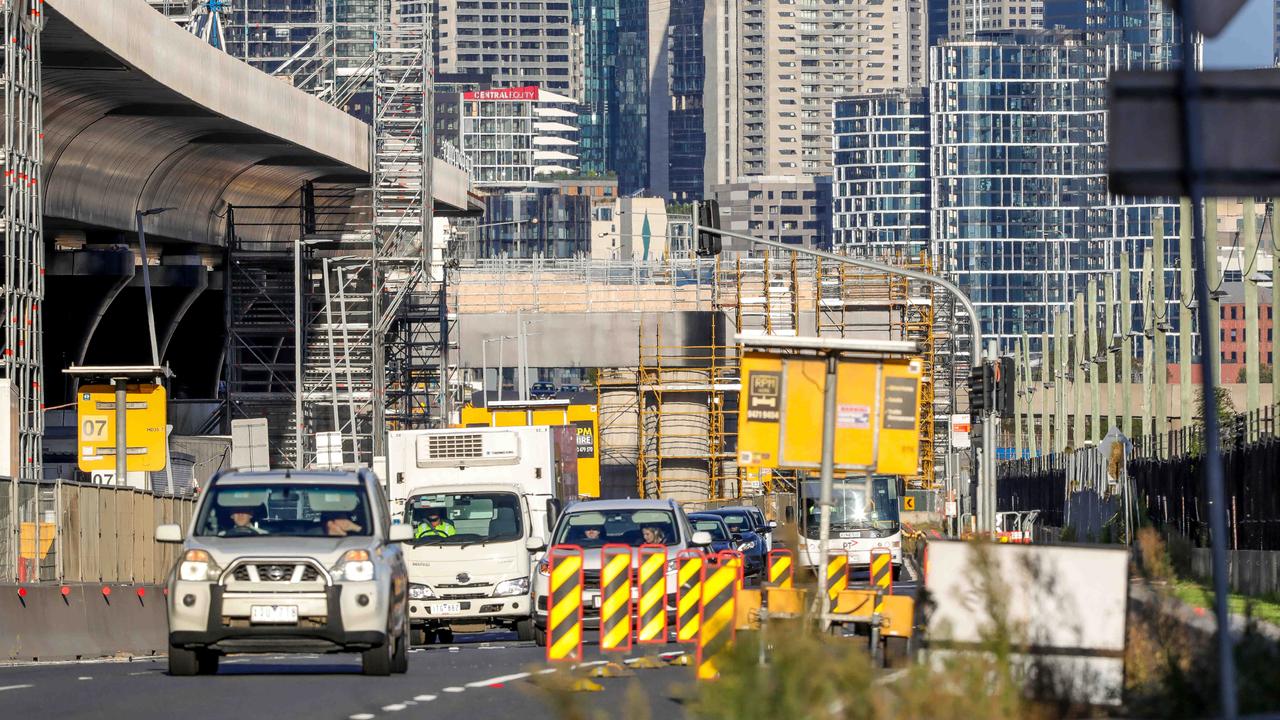Australia’s drinking culture: Do we have an alcohol problem?
EVERYONE knows Australians love a drink. But are we a bunch of fun-loving laid-back larrikins who get pissed for fun, or a nation with an enormous binge-drinking problem?
News
Don't miss out on the headlines from News . Followed categories will be added to My News.
EVERYONE knows Australians love a drink. It’s embedded in our culture.
Nobody’s exit from high school is complete without the rite of passage that is “schoolies”.
A barbecue isn’t a barbecue without beer.
When we beat the world at cricket, Shane Warne straight off the bat asks the victorious players: “Are you thirsty?”
And asks, and asks and asks.
When Tony Abbott is ousted from office does he slink home to lick his wounds?
Course not. He hosts a rowdy party where this country’s senior statesmen break a $2000 marble coffee table, one ends up in a wheelchair and others show up to Parliament the next morning looking “worse for wear”.
And when we hold fairs at our schools, we rope-off areas where mums and dads can boost the coffers by buying booze while their kids ride the Ferris wheel.
We must either be a bunch of fun-loving laid-back larrikins who get pissed for fun, or a nation with an enormous binge-drinking problem.
As it turns out, the truth lies somewhere in the middle.
YOUR SAY: Do you think we drink too much? Add your comment below.

Dr Michael Livingston, a Melbourne-based expert on our drinking patterns, has some news that might surprise some: believe it or not, Australian drinking rates are falling.
“Per capita consumption at the moment is at its lowest level in 50 years,” he says.
That’s almost entirely driven by a declining consumption among those you might think have the biggest problem: our youth.
“The big change in Australian drinking in the last decade or so has been the real decline in drinking among young people, particularly teenagers — underage drinkers,” says Dr Livingston of the Centre for Alcohol Policy Research, based at LaTrobe University and partly funded by the Foundation for Alcohol Research and Education (FARE)
He says rates of drinking among teenagers have halved in the last decade or so.
And that’s starting to flow through to young adults so that we are now seeing less heavy drinking among 20- year-olds than previously.
Dr Livingston is trying to find out why youth drinking rates are falling, a trend mirrored in the UK, US and Europe.
“One of the possible explanations is the change in the way that young people socialise. The rise in the internet and social media as a way of interacting may have driven changes in how young people get together and alcohol isn’t essential any more to meeting people and hanging out.”
It could also be down to people are more aware of risks, or have stricter parents.
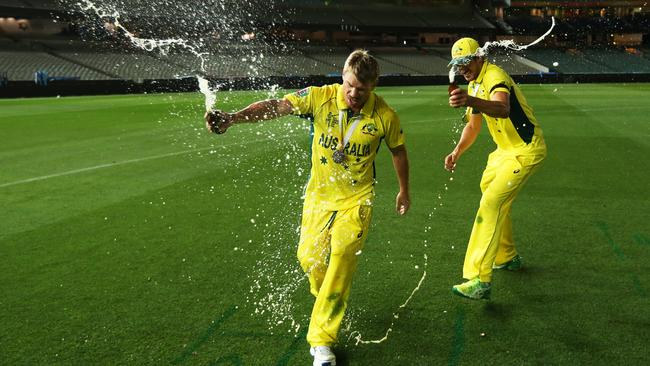
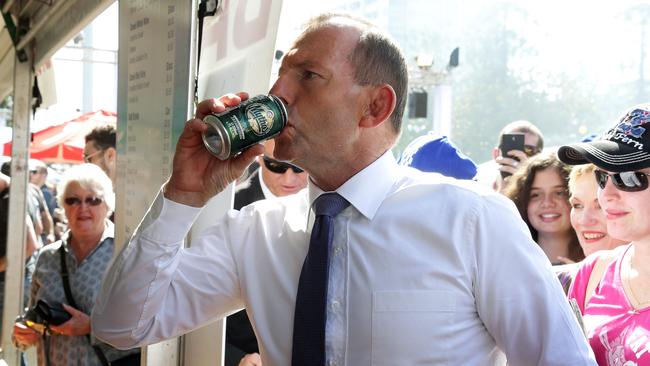
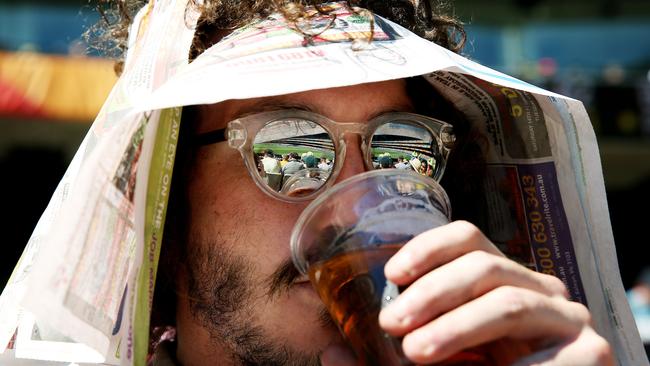
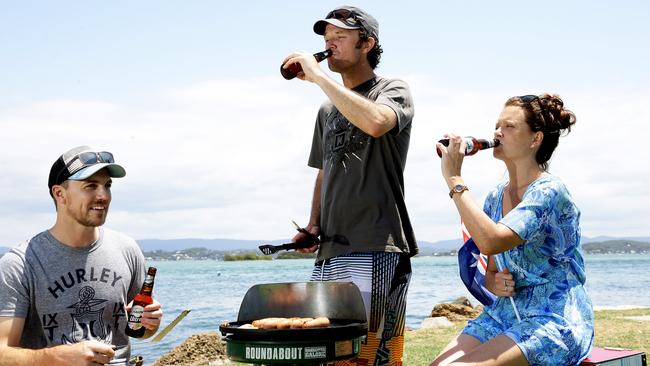
That’s the good news. Now for the sobering: At the same time there has been no such decline among older drinkers.
In fact, says Dr Livingston, there’s evidence middle-aged Aussies are indulging in heavier drinking than in the past.
And alcohol-related harm has remained constant or increased, as emergency physician Diana Egerton-Warburton knows all too well.
If Australia Day is one some look forward to because they can spend it downing VBs with mates, it’s also a day emergency doctors dread.
On January 26 this year, the Australian College of Emergency Medicine took a snapshot survey of 100 emergency departments and found one in seven patients were there as a result of alcohol harm.
But in some Victorian hospitals a third of all patients were there because of alcohol.
That compares to a normal Tuesday when about 6 per cent of admissions are alcohol-related.
Associate Professor Egerton-Warburton, ACEM’s alcohol harm clinical leader, says drinking is like our “national sport”.
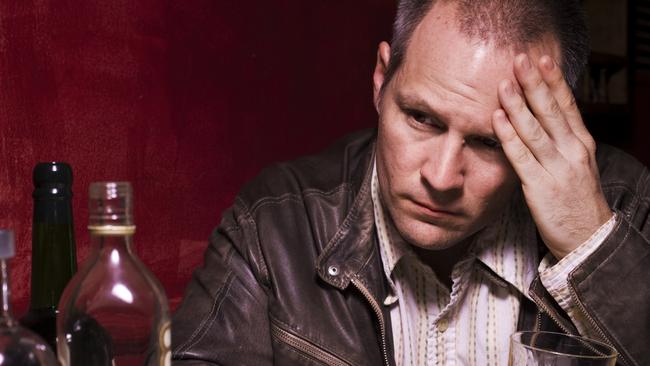
When a drunk is brought to Monash Medical Centre where she works, staff check for hidden injuries and sometimes what they find is horrifying.
“I treated a rugby player with a fractured dislocated ankle,” she said.
The hapless sportsman had fallen off a bar stool in post-match celebrations.
Assoc Prof Egerton-Warburton said the 20-something had no idea of his injury, which would have left a sober person in certain agony.
“You’d have to be virtually unconscious to not recognise that. The pain would have been intense.”
Another ACEM snapshot found nine out of 10 emergency physicians had experienced alcohol-fuelled violence in the past year, and most encountered it every single day.
“I’ve been punched, spat at and kicked. A decade ago we just didn’t see alcohol and drug violence in a suburban location like Clayton. It was an absolute rare exception. Now it’s daily,” she says.
But she says emergency department staff don’t blame individual patients and generally aren’t “wowsers”.
“It’s happened to us all, it could happen to anyone.”

Prof Peter Miller of Deakin University is no wowser either. In fact there have been times when he has got completely inebriated. All in the name of science, of course.
Prof Miller leads a massive research project into night-time drinking and harm in Australia’s “night-time entertainment districts”.
The volume people drink on a night out varies hugely, but this he knows: At 4am, around 40 per cent of drinkers in our capital city night spots have blood alcohol concentrations (BACs) over 0.1 grams of alcohol per 100 ml of blood.
Prof Miller and his students tested how much different people would have to down to hit that level of drunkenness.
The answer for the 115kg professor was 14 standard drinks in rapid succession.
“I had to consume that in about 30 minutes. And it is drunk, let me tell you, it is drunk.”
Through interviewing more than 12,000 partying Aussies in our biggest cities, the researchers found that on average about 80 per cent of people have more than five drinks before they even hit the town.
If our night-life started earlier he says, people simply wouldn’t drink as much, and there would be less violence and alcohol-related trouble.
“Evidence shows that when people go out earlier, they pre-drink less because they’re not sitting at home until 11pm,” he says.
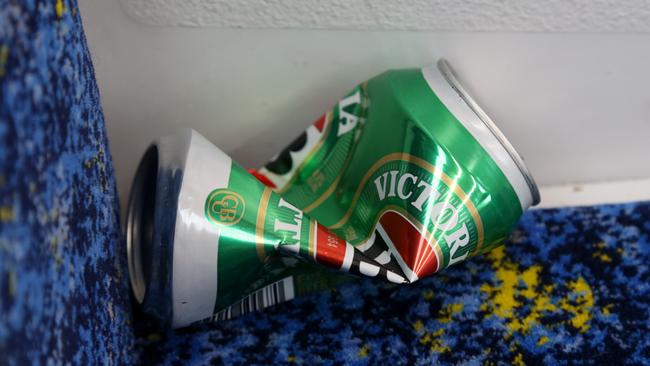
Foundation for Alcohol Research and Education chief executive Michael Thorn reckons he knows why Aussies drink so much.
“If you dig down through the ages looking at the consumption of alcohol you have to conclude that if it’s available and it’s cheap, people will drink it.”
Over the past 100 years, thanks to more market-oriented regulatory policies, we have seen more outlets trading for longer selling cheaper booze.
So we are just unwitting victims of the alco-industrial complex with no responsibility for our own actions?
It seems so, according to Mr Thorn.
“The flaw in this argument about personal responsibility is that it assumes people are able to easily control their intake of alcohol.”
He points out that the top 20 per cent of consumers drink a whopping three-quarters of all Australia’s alcohol.
FARE argues that the alcohol industry makes a killing out of those problem drinkers. “The vast bulk of us drink bugger-all. And 20 per cent of us are abstainers,” Mr Thorn says.
So limiting alcohol access, whether though lockouts or pricing, would hardly make a difference to the majority, but would target that small hardcore of heavy drinkers — and bring untold social benefits, says FARE.
Cost of illness studies have found that every year drinkers do themselves $14 billion worth of harm, and cause $20 billion worth of harm to third parties.
“There’s a million kids each year who are affected by their carers’ drinking. Ten thousand of them are in the child protection system because of that drinking. These are big numbers with big impacts,” Mr Thorn says.
Last week Queensland passed a controversial new law to combat alcohol-fuelled violence.
From July 1 all licensed venues in the state must stop serving alcohol at 2am while venues in a “safe night out” precinct will serve last drinks at 3am, with a 1am one-way door coming into effect from next February. There is also a ban on selling high-alcohol content drinks, such as shots, after midnight.
NSW rules include 3am last drinks, a 1.30am lockout in Sydney, and 10pm closing for takeaway alcohol statewide.
These moves brought choruses of the “nanny state” and “fun police” taking over, of a loss of personal freedoms, of trampling on people’s right to have fun and to get drunk doing it.
The Victorian Government won’t follow suit though, with Liquor Regulation Minister Jane Garrett ruling it out.
“Melbourne is proud to boast 24-hour public transport on weekends and a vibrant night economy which employs thousands of Victorians and draws tourists from all over the world.” she said.
“We are building on the best of our nightlife by supporting smaller venues with food and live music so they can flourish.”
“Of course, as a community we have to respond to alcohol-related problems with a holistic approach. That’s why we continue to work closely with Victoria Police, local government and the regulator on ways to encourage responsible drinking.”
If we can’t have earlier closing, Deakin’s Prof Miller says there are plenty of other ways to bring down drinking and harm rates.
Heavy drinkers like that top 20 per cent and young people are especially price- sensitive and tend to drink the cheapest alcohol, he says.
When British Columbia introduced a minimum price it affected only bargain basement wine and beer.
“They got a 10 per cent reduction in harm without affecting mainstream drinkers.”
And Scotland banned “multiple buys” -- that’s when it’s cheaper per can to buy a slab than a six pack.
What followed was a fall in the overall amount of alcohol consumed.
Not surprisingly, the UK alcohol industry was not a fan. Such moves here would not happen without a battle, as many Aussies would no doubt fight tooth and nail to retain their right to spend their pay on a slab.


